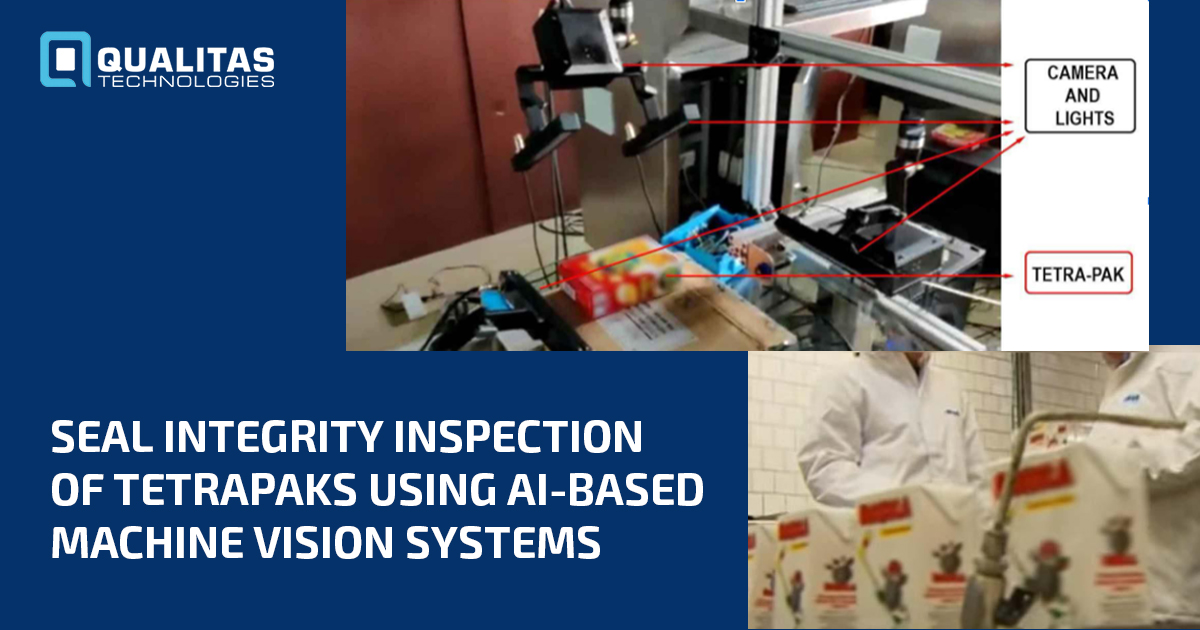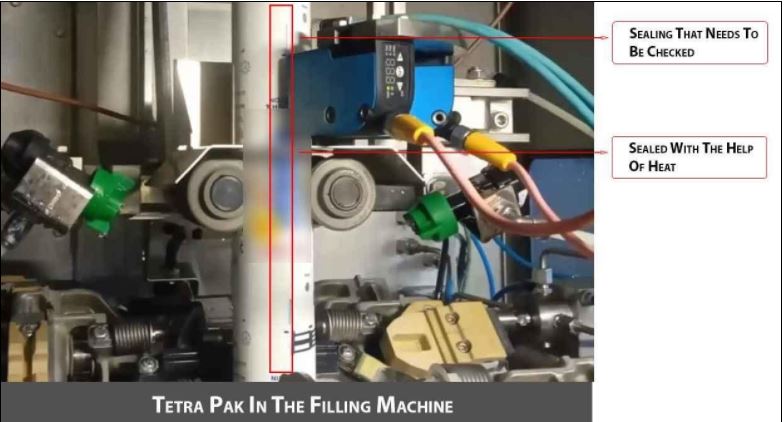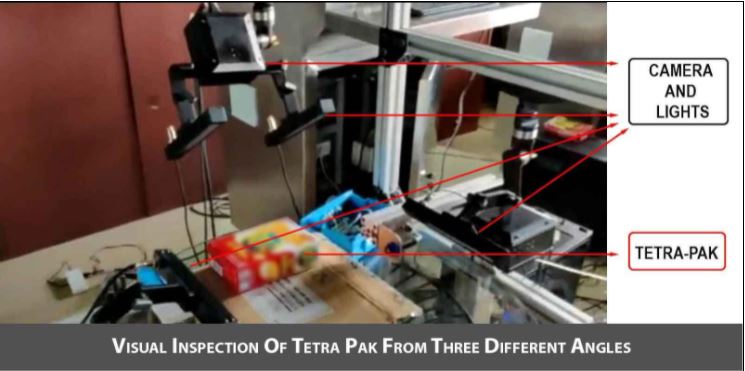Seal Integrity Inspection Of Tetrapaks Using AI-Based Machine Vision Systems
In this blog we will discuss about "Seal Integrity Inspection of Tetrapaks Using Al-Based Machine Vision Systems"

CLIENT/INDUSTRY BACKGROUND
The company commenced in the year 1950. It has provided filling solutions to multiple giant market players. In the year 2020, the company produced 67.7 million U.S. dollars.
CLIENT’S PROBLEMS
There is currently no inspection automation in place at the filling line of the tetrapaks to check the integrity of the seals. Due to this invisible leaks remain undetected.
PROBLEM IMPLICATIONS
- Liquid spills/leakage leading to increased wastage of the material.
- Contamination of the food may occur which can be a serious issue.
CLIENT REQUIREMENTS
Automate the leak inspection on the tetrapaks to ensure the prevention of contamination and spills/leakage. In order to meet ROI goals, the client is looking for an economical solution.
CURRENT PROCESS
With the help of the induction heat, the tetrapaks are sealed. After the filling station, approx. 20 operators are inspecting leakages in packets moving at 24000 packs/hour. The speed is 24,000 packs per hour.
BUSINESS IMPACT
- High product recalls are one of the major reasons for the loss of revenue.
- Increase in wastage of the products due to leakage and spills.
- Increasing customer complaints due to contamination impairing the brand value
SOLUTION USING MACHINE VISION AND AI
A solution will be developed to acquire the images of tetra paks having leakage and other defects. These defects will be trained to the QEP (Qualitas EagleEye® Platform) software. A Classification deep learning module will be used to detect leaks in real-time
SETUP
A 5 megapixels EagleEye camera with a 16mm lens configuration will be installed to acquire clear images of the smallest feature i.e. 1 mm on the tetrapaks. The frame rates would be greater than the speed of the production line and therefore, 15 frame rates would be a perfect fit. The resolution of the camera sensor will be 2592×1944 to capture the complete area of interest as FOV (Field Of View) will be maintained to 60mmx45mm with the working distance to be 300mm. White panel light will be used with the fiber enclosure to focus the projection of lights onto the tetra pack.
CONCLUSION
Followings are the potential benefits of a machine vision system deployed on a production line –
- Inspections of 2 packets can be done every second.
- Manpower can be reduced by 90 percent and utilized in other complex operations.



Comments
Post a Comment